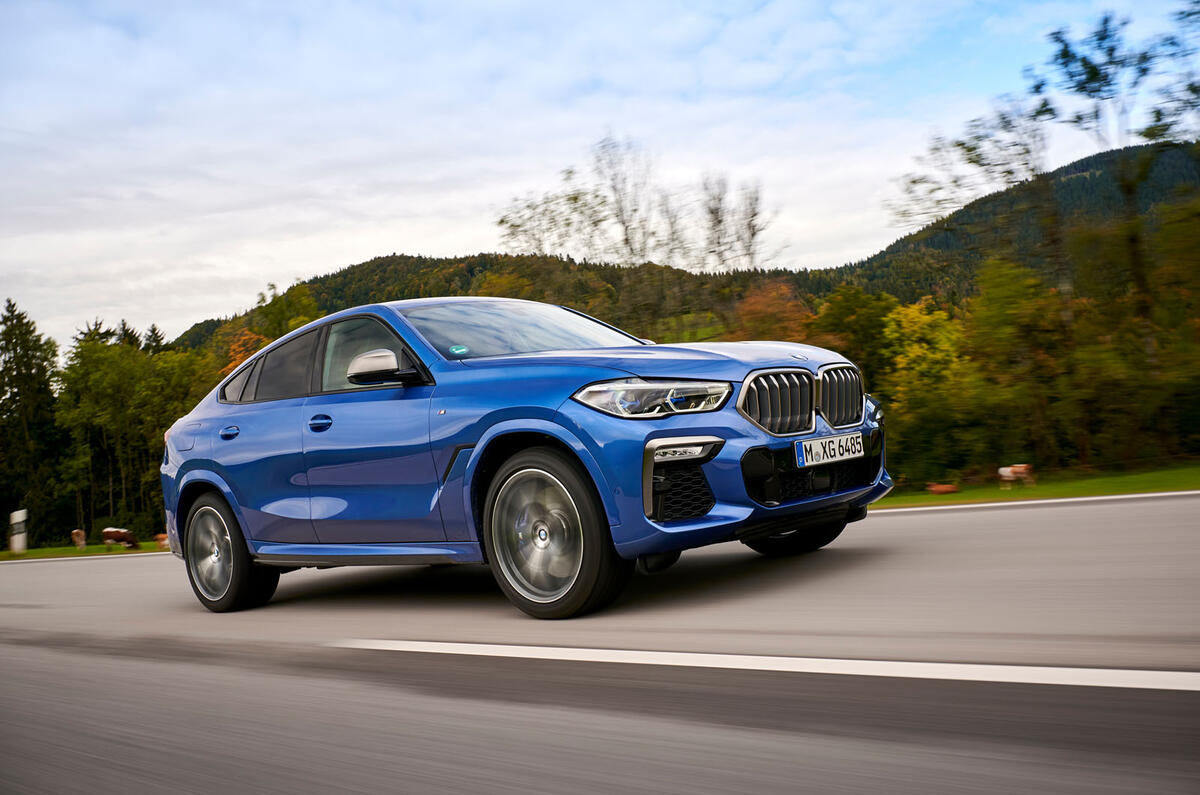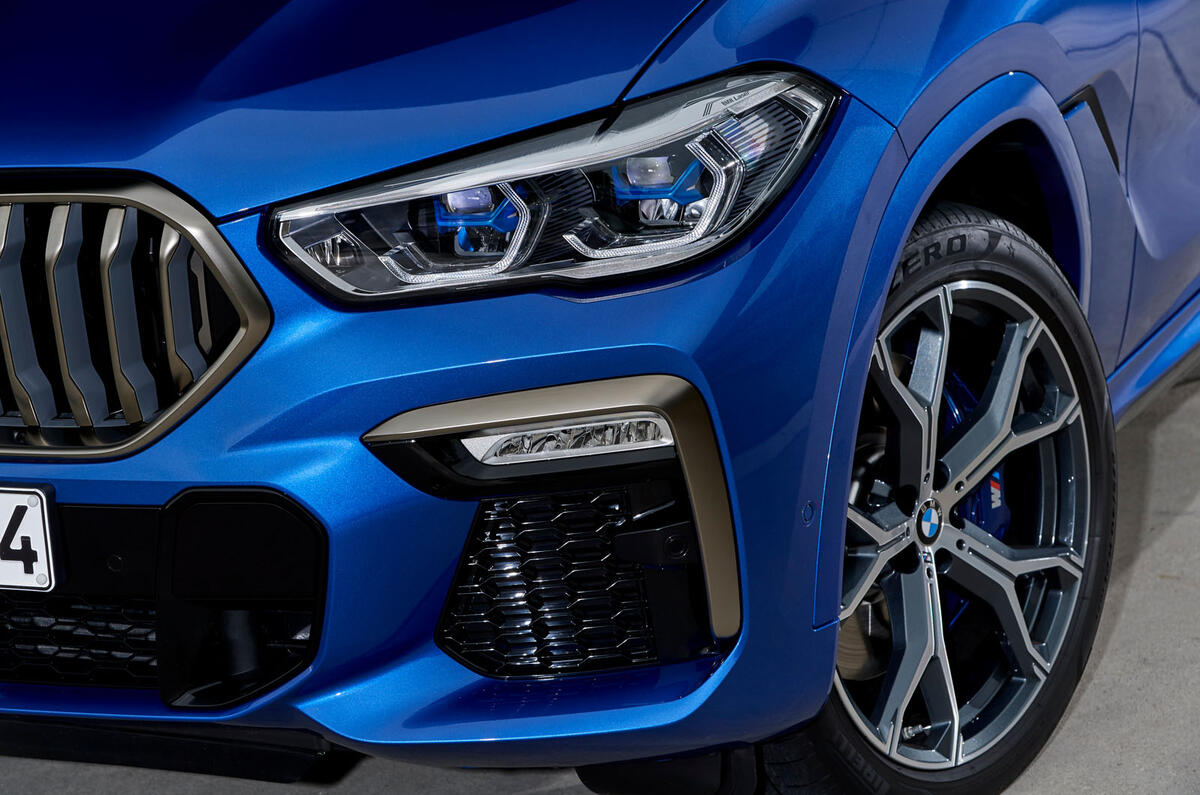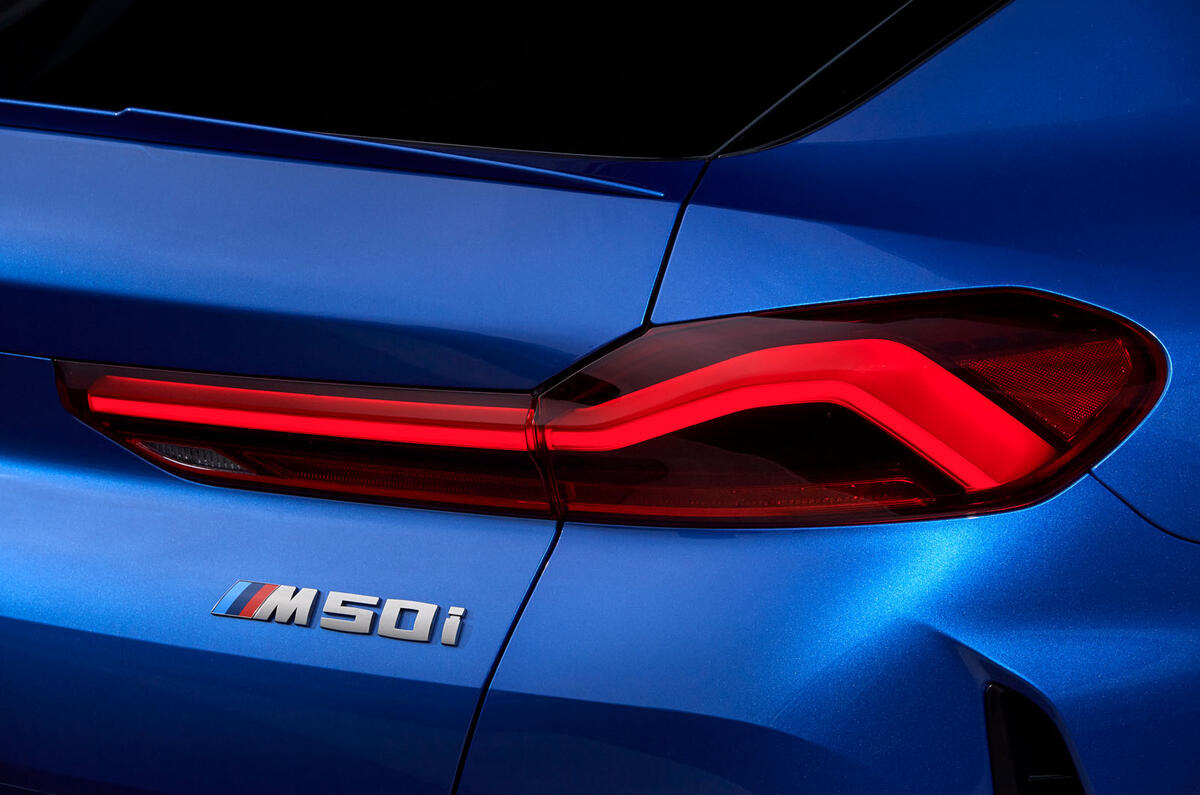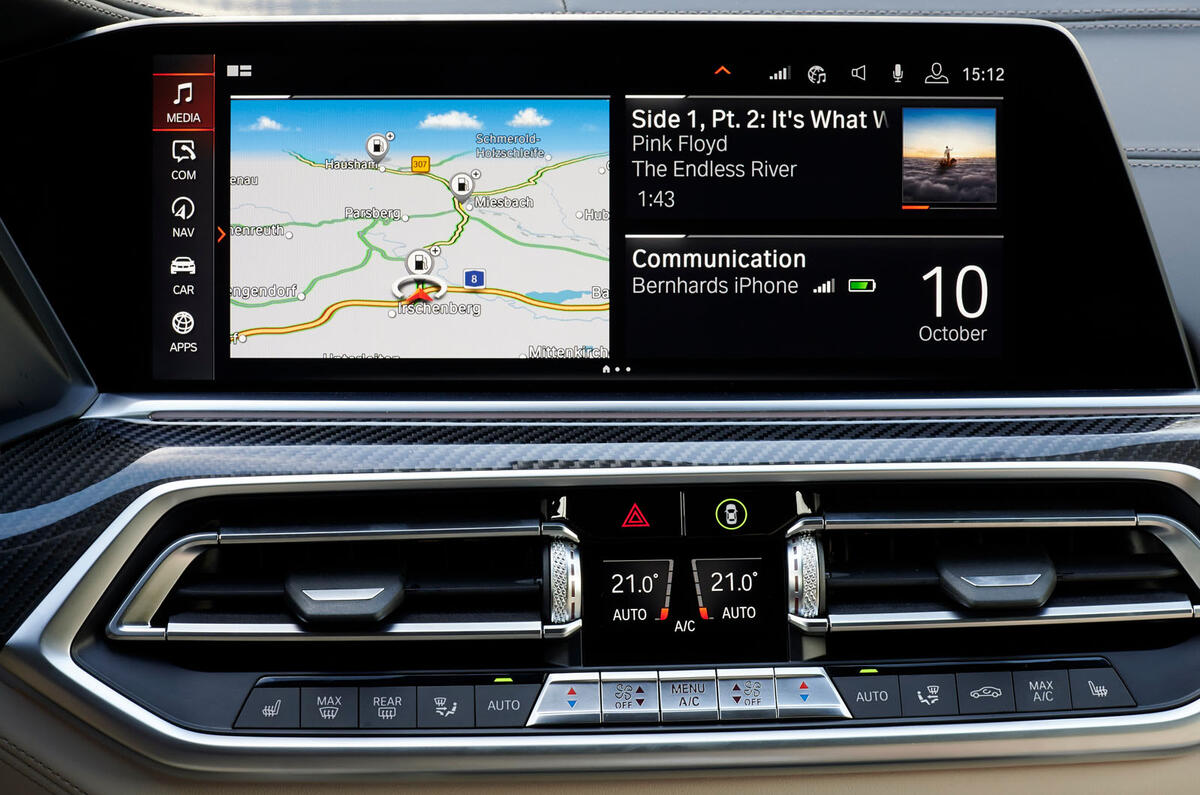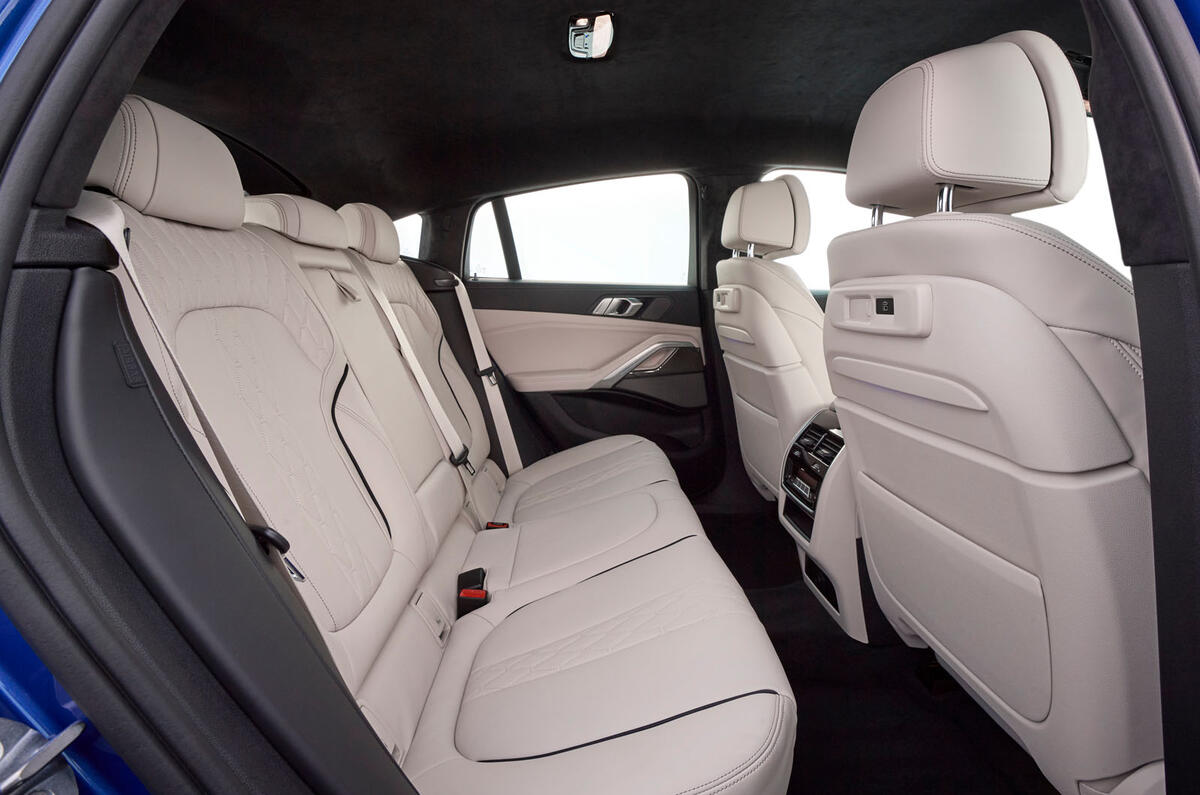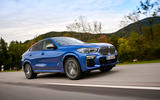Few cars manage to divide opinions quite like the BMW X6.
Introduced to the BMW line-up back in 2008, the high riding model is largely credited with kick starting a whole new segment for luxuriously-equipped premium brand SUV-cum-coupes, the likes of which now include such sought after rivals as the Audi Q8, Mercedes-Benz GLE Coupe, Porsche Cayenne Coupe and Range Rover Sport.
But whatever you think about the X6, there’s no denying its success. Up to now, over 446,000 have been produced at BMW’s Spartanburg plant in the US. And despite the increased competition as well as increasingly tight emission regulations in key markets, global demand for the big BMW continues to grow.
What changes have been made for the third-generation X6?
The 2020 model year X6 features an evolutionary design with a bold front end featuring a new interpretation of BMW’s signature grille that can now be had with optional illumination, a broad-shouldered body and heavily curved roofline – cues that have characterised the big four-wheel drive for over 11 years now. At the rear, its arguably sleeker than ever before, sharing its look with the second-generation BMW X4, most notably in the elongated shape of its tail lamps and exaggerated angle of its large tailgate.
In a new development, BMW now offers both a standard on-road and optional off-road package on selected models – the latter of which gives the X6 a more rugged appearance with added underbody protection, added ground clearance, specific mapping and driving modes for the four-wheel drive system and off-road tyres.


